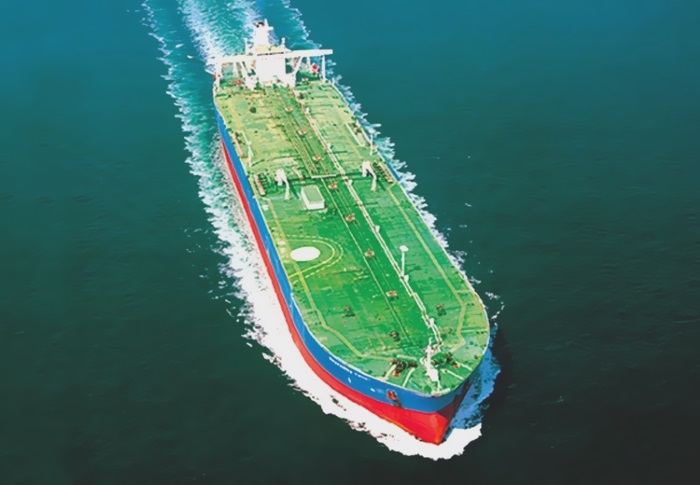Russia’s invasion in Ukraine, a year and a few days ago, has had a profound impact on shipping. In its latest weekly report, shipbroker Xclusiv Shipbrokers said that “the disruption in oil and natural gas trade has been significant. Russia, the second largest oil exporter in the world, lost its largest customer, Europe. Most of Russia’s oil infrastructure was designed to send the oil west. European sanctions have forced Russia to turn towards east for a new oil consumer base, despite its infrastructures being inadequate to transfer major quantities. This created the need for more tankers in the Baltic and Black Sea, not only for long voyages to the East but also for ship-to-ship transfers. At the same time, Europe had also the same need for seaborne oil trade and was forced to search for alternative oil suppliers, replacing pipeline oil deliveries with seaborne loads. This has increased shipping tonne-miles, decreasing vessel supply while vessel demand kept an upward trend, increasing vessel utilisation and creating the perfect “storm” for sending freight rates skywards”.
According to Xclusiv, “the invasion in Ukraine also boosted oil prices, with Brent Oil Futures moving 35% higher within the first 10 days of the war and staying at levels between USD 95 and USD 118 per barrel for almost 5 months, before starting de-escalating towards lower levels. After the commencement of oil product sanctions on 5th February 2023, Russia announced a 500,000 barrels per day cut in oil production. Traders & analysts believe that the production cut was necessary as most of the Russian oil products must go beyond Europe and reach Africa, Latin America and East Asia to find customers willing to replace their suppliers with discounted Russian ones. This will also require increased seaborne trade and at the moment that there is shortage of ship supply”.
The shipbroker added that “the same implications were created to the natural gas trade (despite having no official sanctions on Russian natural gas trade) as again Russia’s trade was set mainly through pipelines towards Europe. As Russia gradually stopped delivering natural gas through Nord Stream pipeline due to maintenance issues, the EU was forced to search for alternative suppliers, reducing Russian market share in its gas market to under 10% from almost 50%. The European swift to LNG had a positive reflect not only to the LNG carrier market, boosting both the freight rates and the vessel prices, but also to the LNG commodity price, which was above USD 5/MMBtu for over 8 months, peaking at USD 9.71/MMBtu (in Aug 2022), a price not seen since July 2008. For Russia it is not easy to divert natural gas flows from Europe to Asia as there are no significant infrastructures apart from the smaller Siberia pipeline and it will take years for Russia to be able to build the infrastructure that will actually allow some of that west facing gas to become east facing. Until then the only solution is the limited LNG exports towards Europe and East Asia”.
“Leaving the one-year Russian invasion synopsis behind and as we move into the last month of Q1 market overview, dry bulk’s hibernation seems to have come to an end. During the past week, the dry bulk market has started to show some green shoots. BCI closed the week at 636 points, 135% up compared to the previous week. The BPI, BSI and BHSI increased by around 57%, 43% and 15% respectively albeit from lowly levels. With China’s Covid-19 strict lockdowns and restrictions being now past, signs show that dry bulk may retain its upward trend. Although, Rio’s Tinto profit decreased in 2022 due to weak Chinese iron ore demand, the world’s second largest miner believes that China’s demand can play a stabilizing role for world markets in 2023. Prices for iron ore cargoes with a 63.5% iron ore content for delivery to Tianjin are trading at near USD 131/tonne, an increase of around 60% since Nov 2022 & the highest level since June 2022. Rio Tinto is not the only group which bets on China’s demand. BHP group, world’s largest mining company, expects that the strong boost from recent policy decision in China is likely to lead to a positive demand outlook in the second half of fiscal 2023 & into fiscal 2024”, Xclusiv Shipbrokers said.
Source: Hellenic Shipping News






